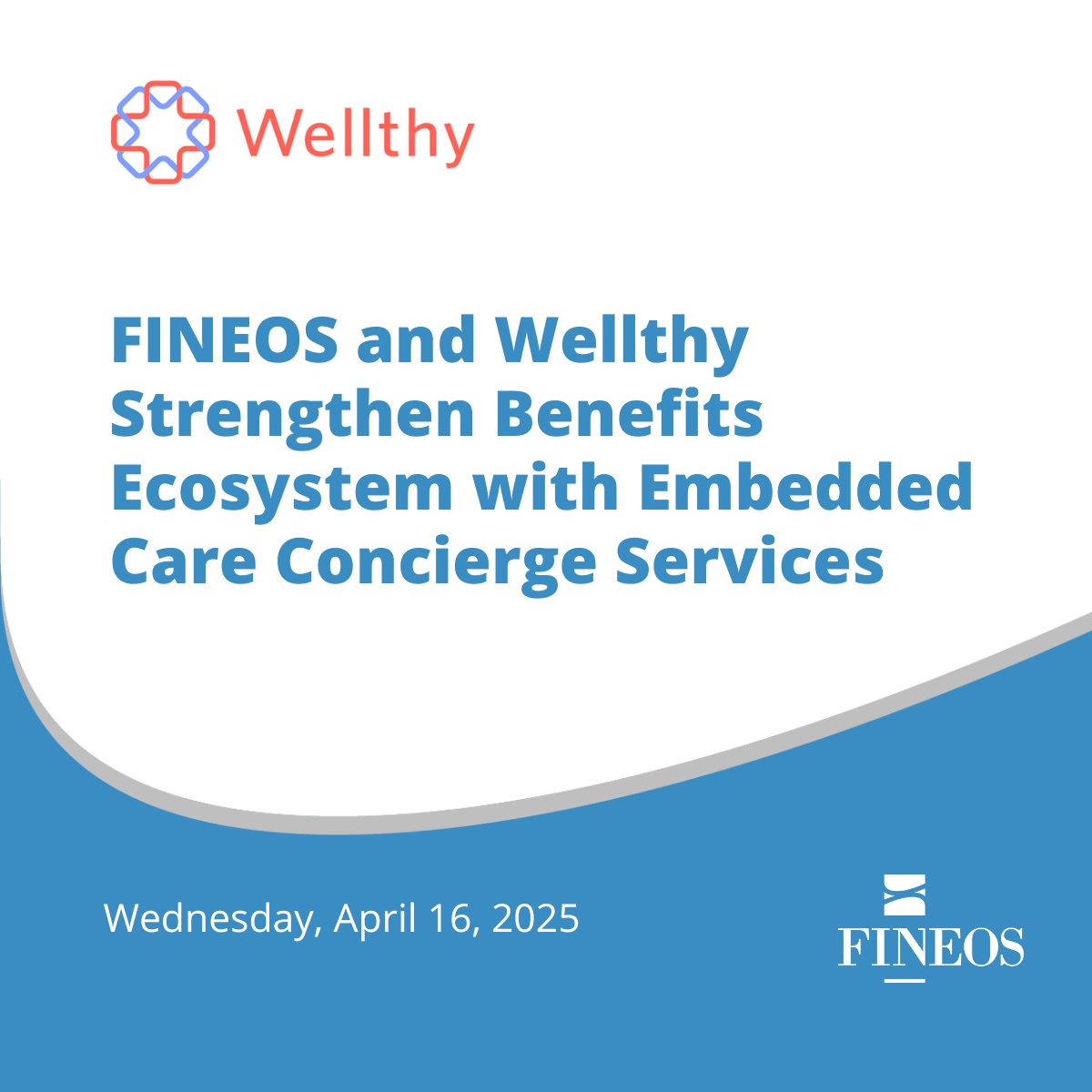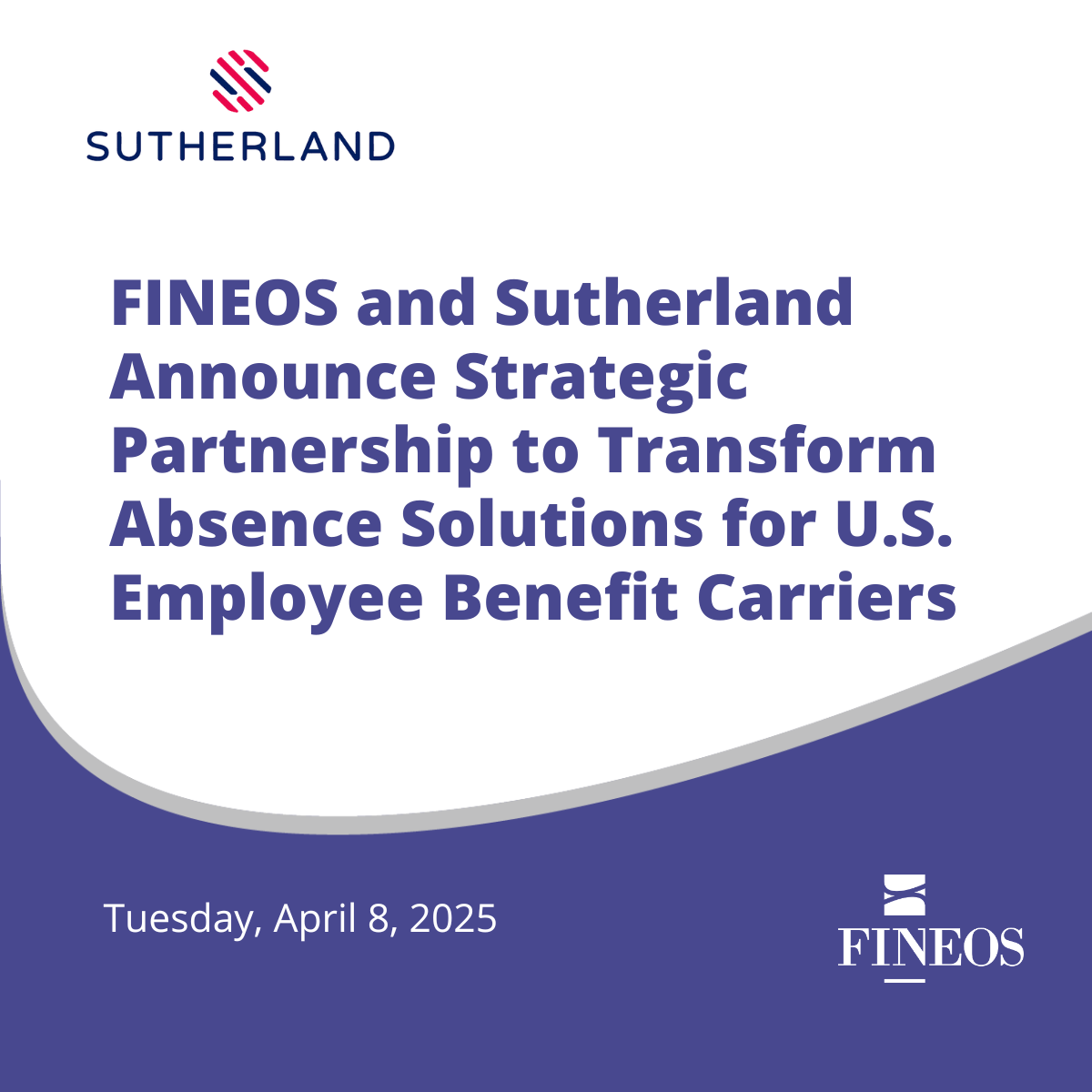Original article appeared in Benefits Pro December 2020
Chuck Johnston, CMO, FINEOS discusses trends to expect in 2021 and the increasing demand of employee benefits.
For many reasons, 2020 has certainly been a year of change across the globe. The employee benefits industry has been no exception, as carriers and employers have had to adapt to the significant increase in remote work and an ever-growing demand for benefits that fit a unique new set of new employee needs.
When it comes to benefits like Telehealth, EAP, and general mental health benefits for employees, many of these benefits are being embedded in existing health plans. The changes we’re going to see will mostly be in regard to what those benefits include, and how they are used. In addition to these changes, the employee benefits industry can also expect to see some new trends in non-traditional benefits in 2021 which may well change employee benefits as we’ve all come to know them.
Telehealth
Something we’re seeing among all the health plans are changes in the way telehealth is used. Telehealth was commonly seen as an add-on to an employee’s main healthcare providers. For example, an employee would still visit their primary care physician in person, and Telehealth was provided as a way to access additional wellness services their regular doctors may not provide or to promote certain behaviors and wellness checks that benefit both the insured and the insurer.
Now, we expect to see a growing shift toward plans assuming that certain primary care appointments, which would have traditionally been in-office are going to become telehealth appointments. The ramifications of providing more primary care from telehealth are interesting. Over the last few years, we have seen even more extreme medical procedures, such as surgeries, performed through telepresence between medical facilities to enable experts to have greater reach and effectiveness. We likely won’t be seeing that in the home anytime soon, but the expansion of this field calls for the employee benefits industry to examine how to support a better long-distance experience and make it more efficient from a health care and an insurance perspective.
The rise of IoT medical devices and the ability to perform diagnostics like weight, blood pressure, and blood sugar remotely is driving even more innovation in remote diagnostics. There is one emerging Insurtech (UdoTest) that is focused on enabling many more medical tests remotely including some that require authentication and chain of custody management.
Employee Assistance Programs
The Employee Assistance Program (EAP) has always notoriously been the least used of benefits. Particularly at companies where employees were all in an office together and knew everyone else’s business, EAP was only used as a last resort for fear of the stigmas associated with it. In our new more complex and more isolated world, which is going to continue beyond the current COVID-19 crisis, using those kinds of services that provide the opportunity to get needed support in a less formal (and less conspicuous) setting is becoming more popular than ever before and we will only continue to see this increase.
Mental health benefits
Surrounding mental health benefits are the new issues of increased isolation and a sense of lost connection, leading to a surge of mental health concerns amongst the general population. Because of this, mental health benefits will need to be more proactive, but by the same token, they have to avoid being too intrusive.
My expectation is that we’re going to start seeing more holistic programs amongst employers. There ends up being lot of crossover here with the disability and absence management space, where there is more and more emphasis on proactively looking after your employees and providing a positive mental health environment within the organization, as opposed to making accommodations after the fact.
One interesting technology that can be helpful in proactive identification of potential mental health issues is AI-driven voice stress analysis. Call centers can use these technologies to potentially flag and escalate calls from people who seem at risk. This is a very controversial move in that there are serious privacy issues associated with this kind of monitoring.
Non-traditional benefits
As of late, there is a stronger push around employee benefits expanding beyond the traditional. We’re starting to see companies focusing on new benefits trends like student loan repayment, which is certainly appealing to the growing millennial workforce.
Pet insurance, which originally was treated as a property and casualty kind of insurance, was never a traditional employee benefit. But now we’re starting to see health insurance for dogs being offered as an employee benefit. This ties back nicely to the topic of mental health benefits, since pets are often critical factors when you’re dealing with things like mental health issues due to isolation.
A new era of benefits
There’s a new kind intersection between what we would call “insured employee benefits,” and “services-based benefits.” One of the things we’re going to see for employers is their goal shifting to providing the benefits necessary not just to attract employees, but to hone the value of the employees. existing employee benefits will need to stretch to cover areas we haven’t seen before, primarily driven by this whole tel-a-world that we’re living in today, as well as expanding to include new types of benefits.
Obviously, a happy, healthy employee is generally going to be more productive and more beneficial for the company. Moving forward, we’re going to continue to see more of a focus on benefits that can be applied to give the company more leverage to be more efficient, effective, and generate revenues. As the world continues changing beyond the norms we’ve all become accustomed to, we will see more and more benefits that are not directly related to the traditional idea of taking care of your health with a focus on improving the employee’s overall wellbeing and the employer’s overall performance both financially and as part of the greater social ecosystem.
See more from Chuck Johnston. We invite you to watch The Future of Employee Benefits.


